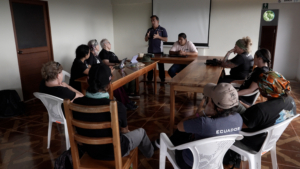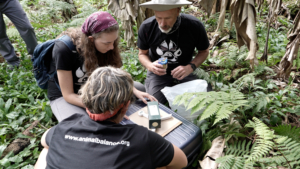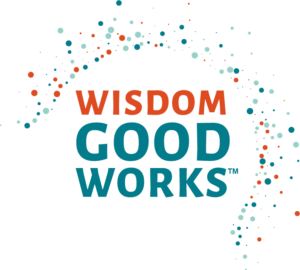We Came. We Saw. We Learned.
We came. We saw. We listened – and we learned.
Over the course of 10 days this month, our two-year project got a major jumpstart with the WISDOM team’s first trip to Isabela Island to meet with our partners, local officials, farmers and residents on this Galapagos island.
We cannot begin to express our gratitude to all who talked with us, taught us about the challenges they are facing with the rat overpopulation, and trusted us to begin deploying the fertility-control technology we think will help restore ecological balance to this special place without the use of poison.
Here’s what we learned:
- That rattus rattus, the rodent that is overwhelming the Galapagos, will consume the food pellets containing our fertility-control technology – even when the feeding stations were in the presence of their natural food sources on the island. It turns out that mus musculus (the house mouse) also liked the food pellets.
- That the two sample wooden feed boxes we brought with us – built by shop students at Sinagua Middle School in Flagstaff! – work well in the environment of the highlands of Isabela Island. Typically, we have used biodegradable paperboard feed stations, but also wanted to test these studier boxes as another option.
- That the communities on this archipelago are some of the most willing in the world to embrace alternatives like our technology to achieve ecological balance – and I have traveled the globe. Their enthusiasm extends from government officials to young students.
- That we still have a lot more to learn. Which is why we will be going back later this year.
During our trip, we met so many people who enhanced our understanding of the Galapagos and provided invaluable scientific insights that will help develop our protocols for this project.
 Josimar Gil, chairman of the Parish Council – the authority of the rural area of the Isabela Island highlands – and his technical consultant, Ruben Carrion. They accompanied us to the community of Tomas de Berlanga in the highlands as we met with half a dozen farmers about placing feeding stations on their lands. Chairman Gil let us know that he would like to see our project reach all 50 farms in the region.
Josimar Gil, chairman of the Parish Council – the authority of the rural area of the Isabela Island highlands – and his technical consultant, Ruben Carrion. They accompanied us to the community of Tomas de Berlanga in the highlands as we met with half a dozen farmers about placing feeding stations on their lands. Chairman Gil let us know that he would like to see our project reach all 50 farms in the region.
As we wait to return to the Galapagos, I’ll be busy poring over all the scientific data gathered on this first trip. Thank you for taking this journey with us.


